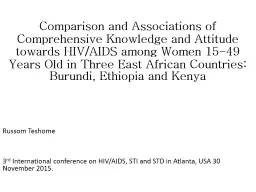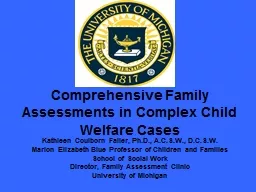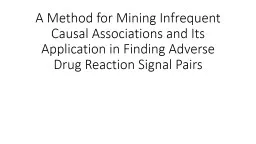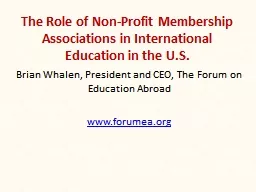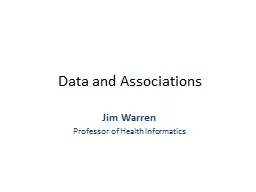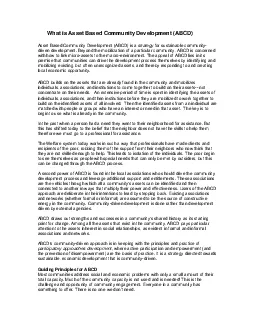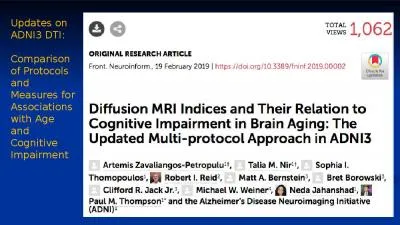PPT-Comparison and Associations of Comprehensive
Author : celsa-spraggs | Published Date : 2018-11-05
HIVAIDS Knowledge and Attitude towards HIVAIDS among Women 1549 Years Old in Three East African Countries Burundi Ethiopia and Kenya Mr Russom Teshome Huazhong
Presentation Embed Code
Download Presentation
Download Presentation The PPT/PDF document "Comparison and Associations of Comprehen..." is the property of its rightful owner. Permission is granted to download and print the materials on this website for personal, non-commercial use only, and to display it on your personal computer provided you do not modify the materials and that you retain all copyright notices contained in the materials. By downloading content from our website, you accept the terms of this agreement.
Comparison and Associations of Comprehensive: Transcript
Download Rules Of Document
"Comparison and Associations of Comprehensive"The content belongs to its owner. You may download and print it for personal use, without modification, and keep all copyright notices. By downloading, you agree to these terms.
Related Documents

